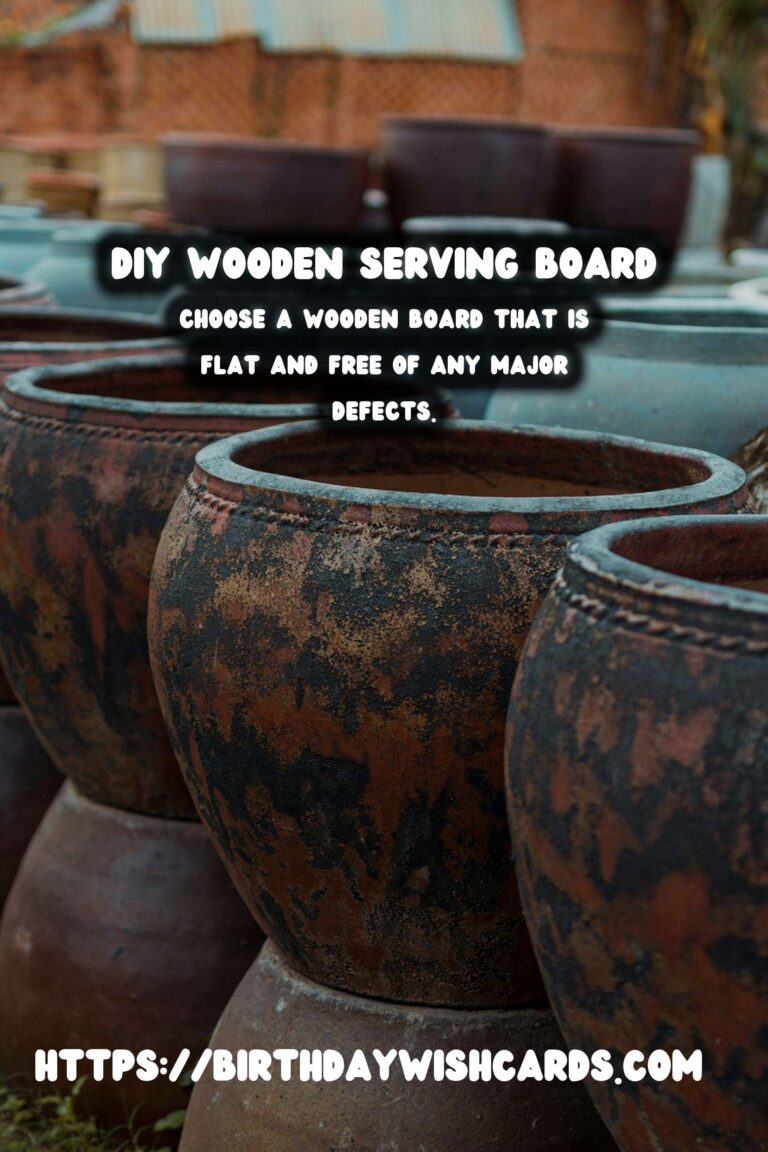
Creating your own wooden serving board with a stunning resin inlay can be a rewarding and artistic project. This guide will take you through the process step-by-step, ensuring that you have all the information needed to craft a beautiful, functional piece of art for your kitchen or as a gift.
Materials Needed
Before starting, gather the necessary materials. You will need:
- A wooden board (such as maple, walnut, or cherry)
- Epoxy resin and hardener
- Resin pigments or dyes
- Painter’s tape
- Sandpaper (grit range 120 to 400)
- Mixing cups and sticks
- Rubber gloves and safety glasses
- Clamps
- Wood finish or oil
Preparing the Wooden Board
Choose a wooden board that is flat and free of any major defects. Decide on the design for your resin inlay. You can create simple lines, geometric shapes, or intricate patterns depending on your skill level. Use a pencil to outline the areas where you want the resin to fill.
Once the design is finalized, use a router or chisel to carve out the sections where the resin will be poured. Ensure the depth is uniform across the design to avoid uneven resin surfaces.
Applying Painter’s Tape
To prevent resin from spilling over onto areas where it’s not wanted, apply painter’s tape around the edges of the carved sections. This will act as a barrier while pouring and setting the resin.
Mixing and Pouring the Resin
Follow the instructions on your epoxy resin package to mix the resin and hardener. Typically, this involves a 1:1 ratio, but be sure to verify. Once mixed, add your chosen pigments or dyes to color the resin. Stir thoroughly until the color is consistent.
Carefully pour the mixed resin into the carved sections of the board. Use a toothpick or a small stick to help guide the resin into intricate areas. Be mindful of air bubbles and use a heat gun or torch briefly to remove them.
Allowing the Resin to Cure
Let the resin cure according to the manufacturer’s instructions, which usually takes 24-48 hours. Ensure the board is on a level surface to prevent the resin from pooling in one area.
Sanding and Finishing
Once the resin is fully cured, remove the painter’s tape and begin sanding the board. Start with a lower grit sandpaper (120) and gradually move to a higher grit (up to 400) for a smooth finish. Be gentle around the resin to avoid scratches.
After sanding, apply a food-safe wood finish or oil to enhance the wood’s natural beauty and protect the surface. Allow the finish to dry completely before using the board.
Displaying and Using Your Serving Board
Your DIY wooden serving board with resin inlay is now ready to use! It can be a centerpiece for serving cheese, bread, or charcuterie at your next gathering. Remember to hand wash and avoid soaking in water to maintain its condition.
Creating a wooden serving board with resin inlay is not only a creative outlet but also results in a functional piece that you can proudly display in your home or give as a cherished gift.
Creating your own wooden serving board with a stunning resin inlay can be a rewarding and artistic project. Choose a wooden board that is flat and free of any major defects. Use a router or chisel to carve out the sections where the resin will be poured. Carefully pour the mixed resin into the carved sections of the board. Let the resin cure according to the manufacturer’s instructions, which usually takes 24-48 hours. Apply a food-safe wood finish or oil to enhance the wood’s natural beauty. 
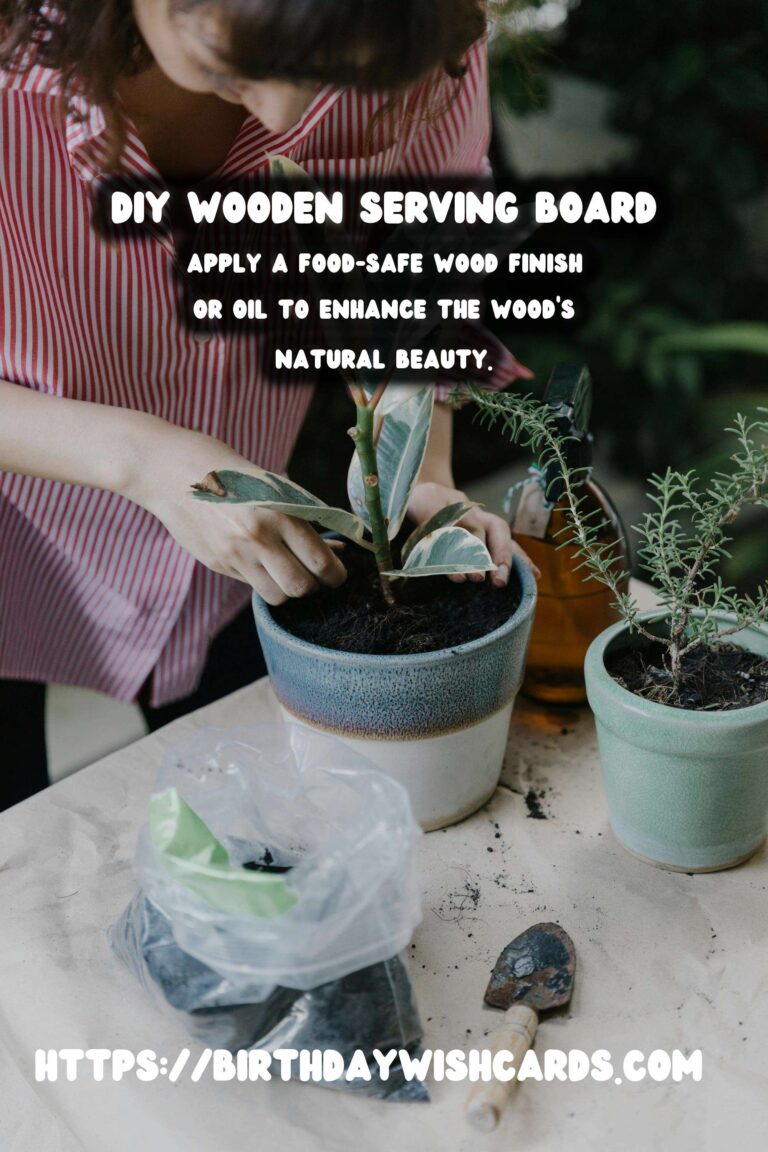
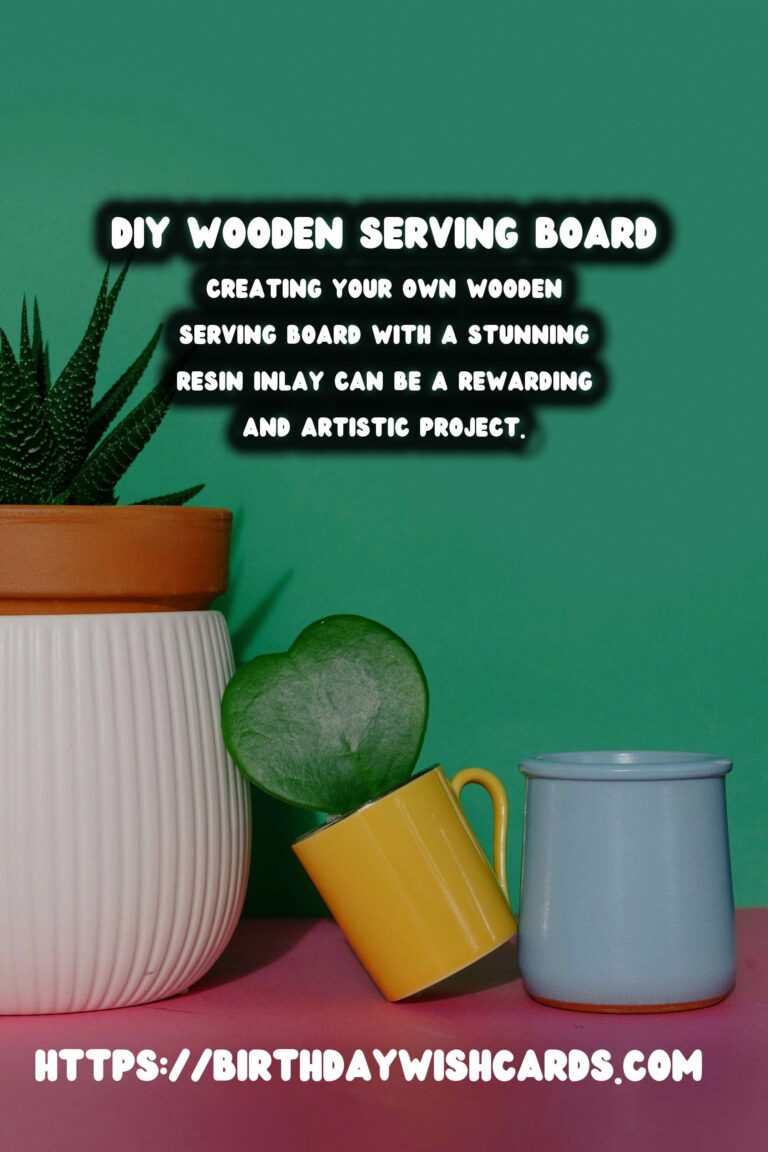
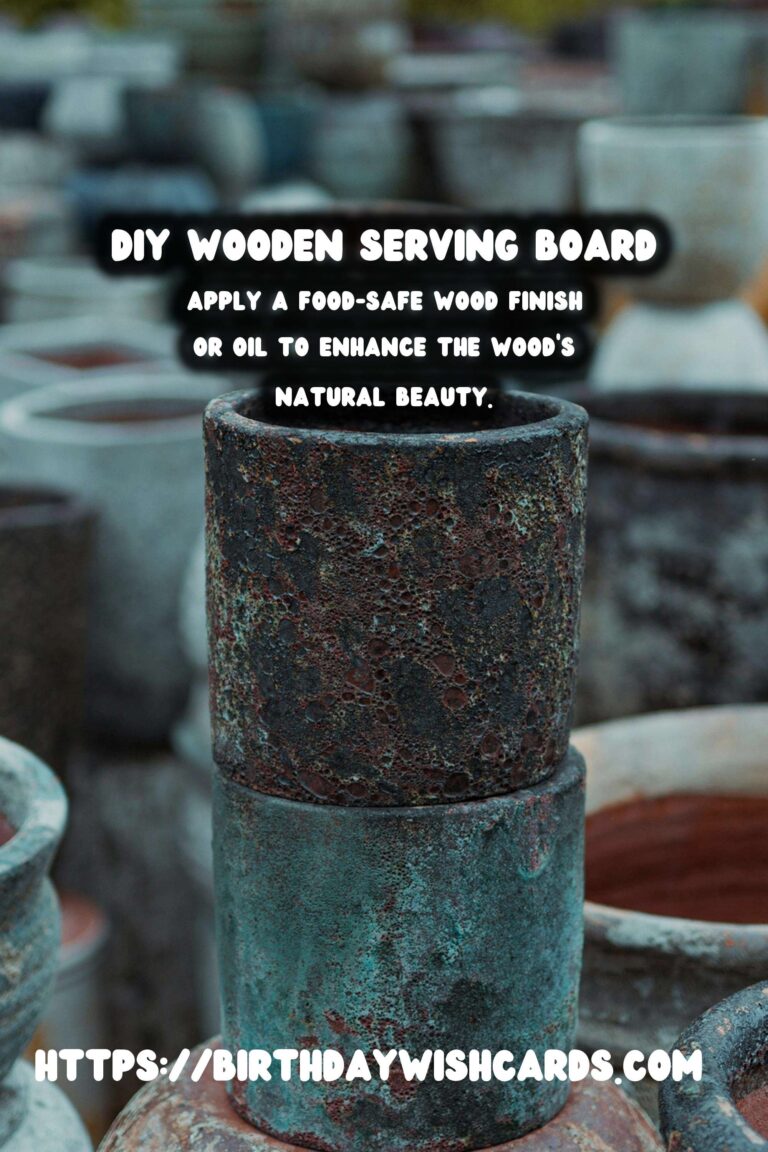
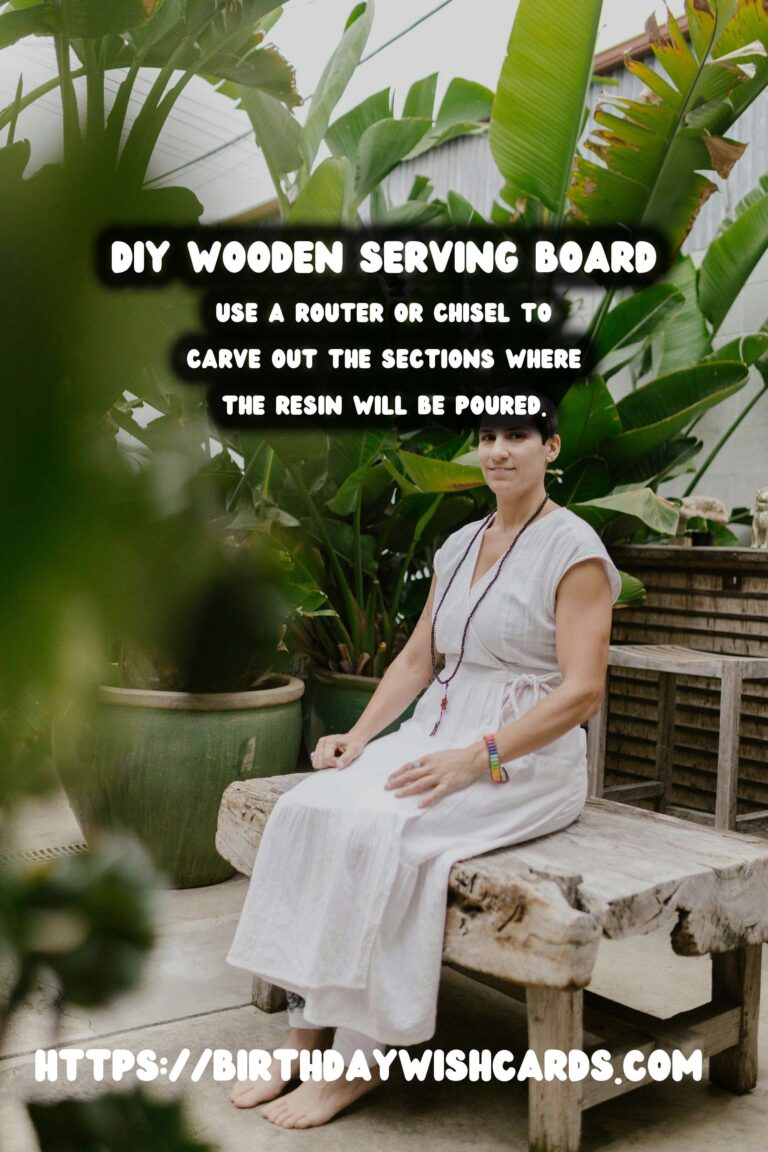
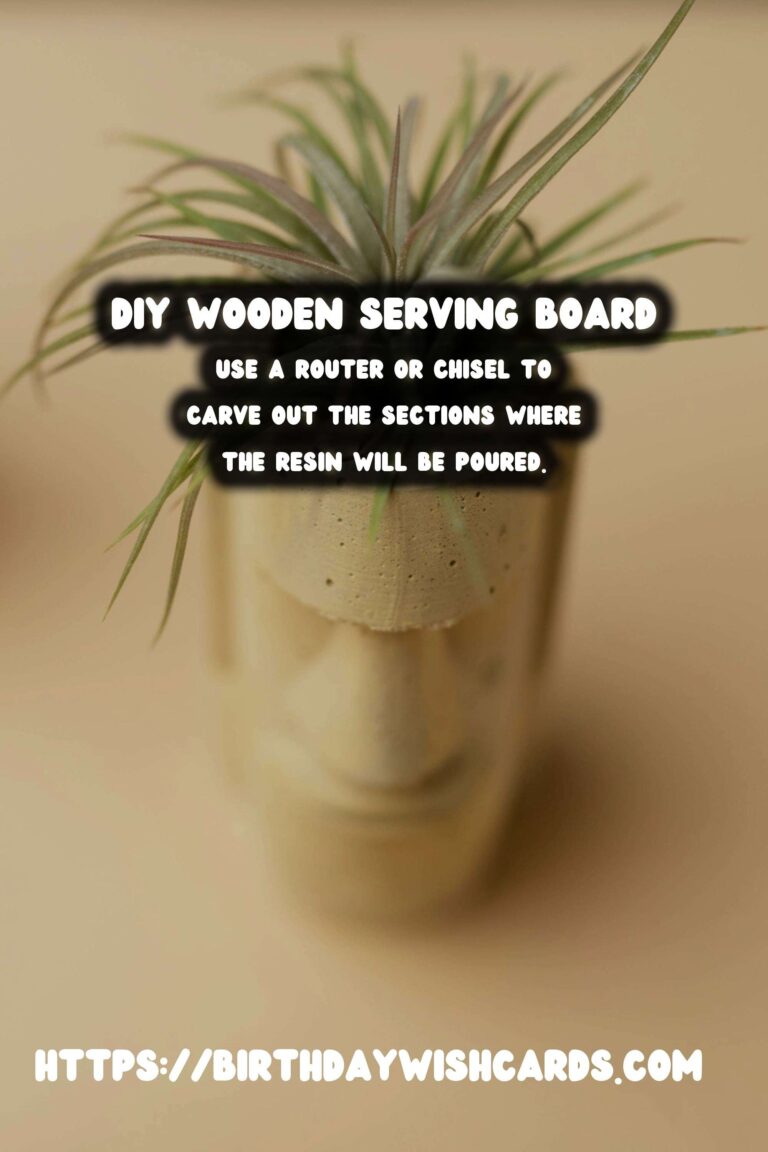
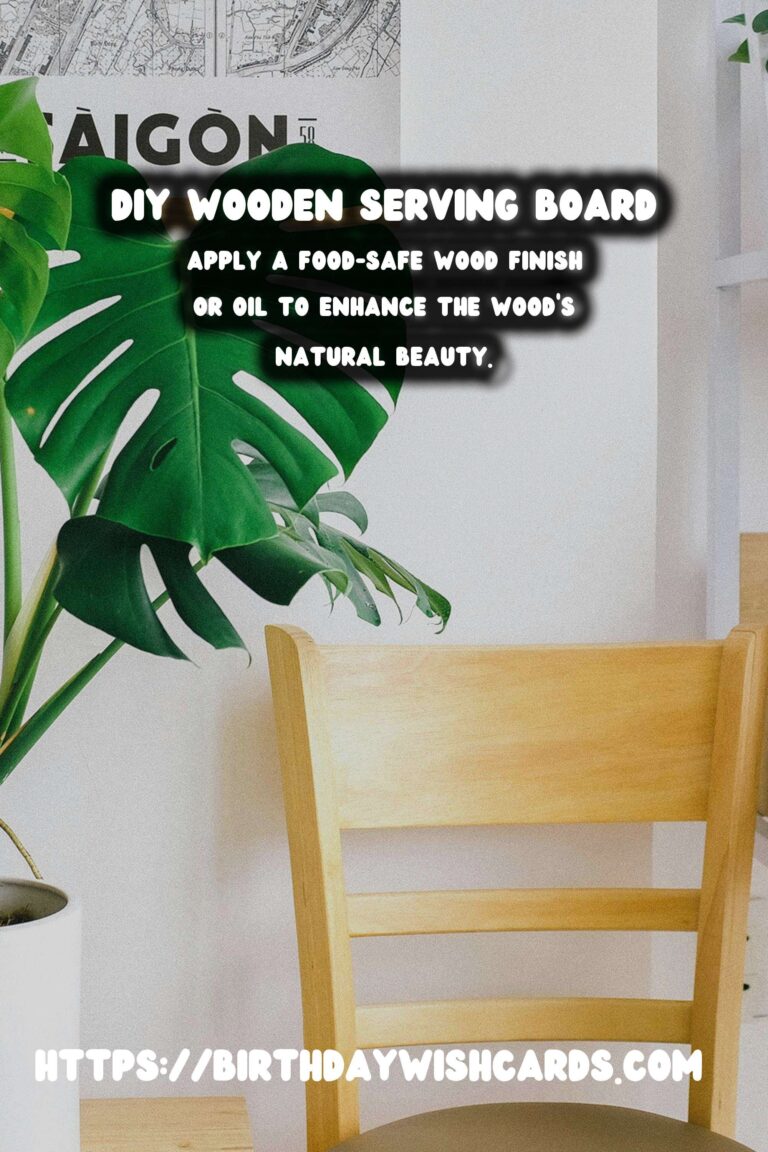
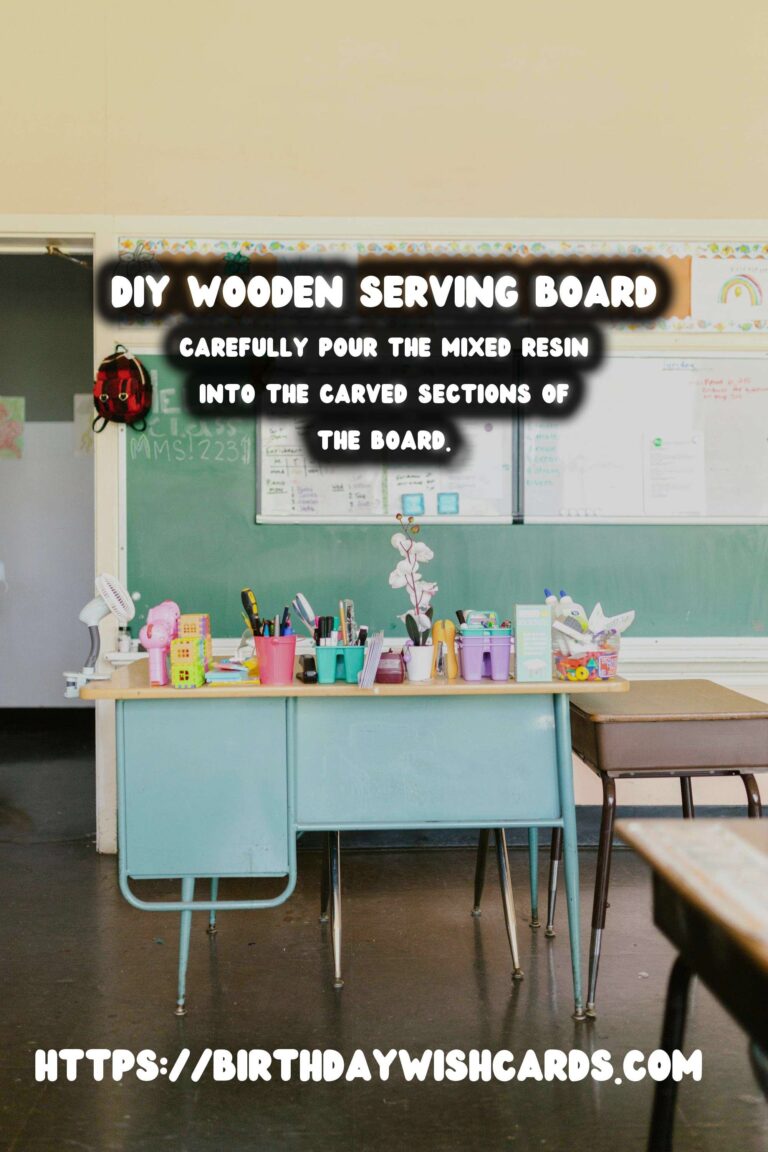
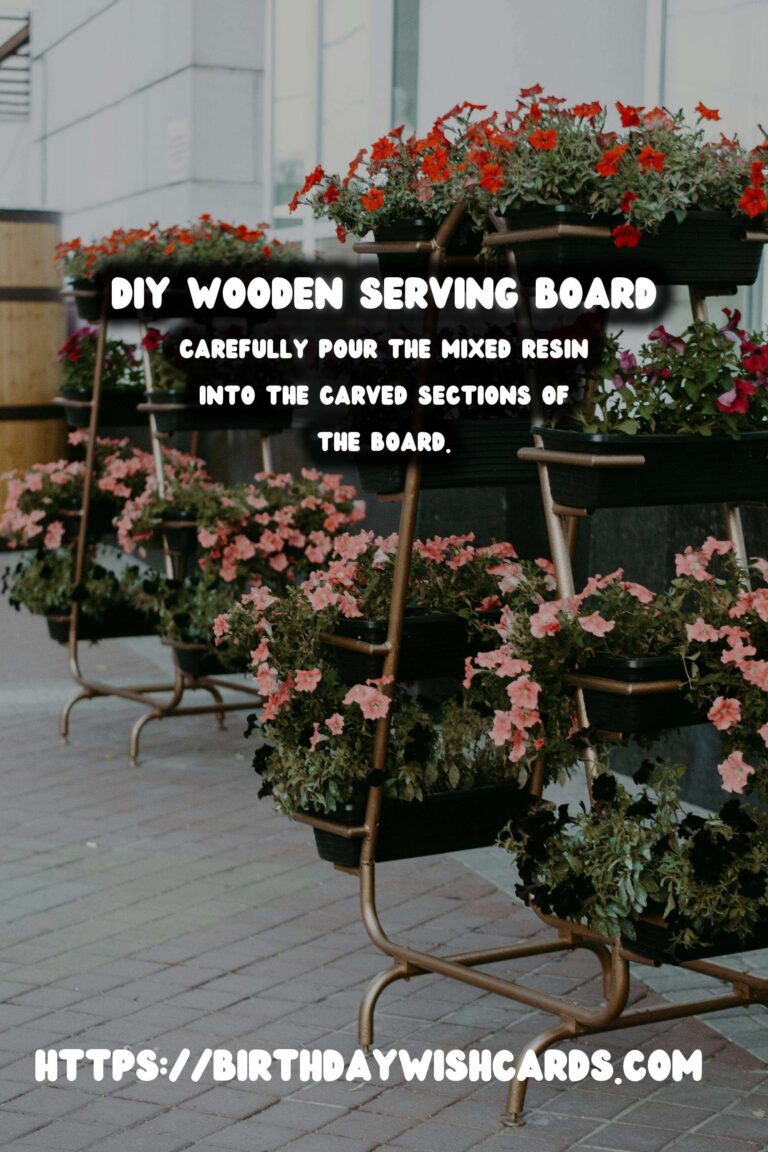
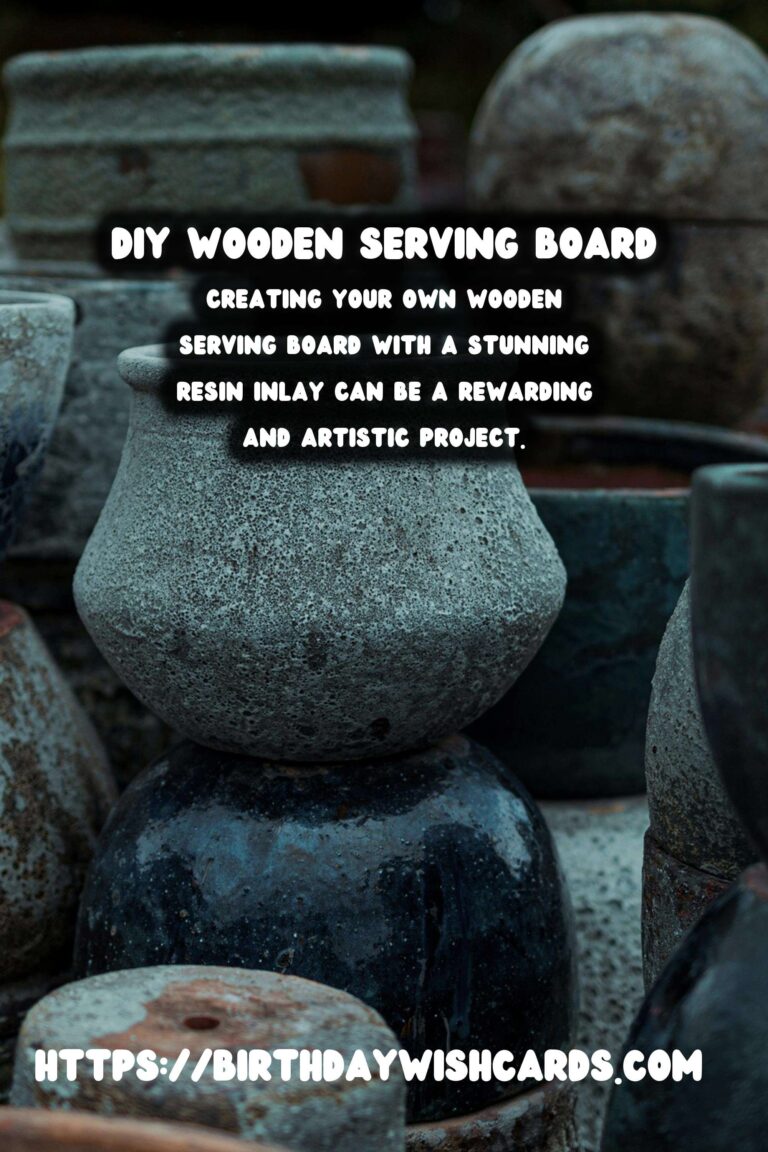
#DIY #Woodworking #ResinArt #Crafting #HomeDecor



